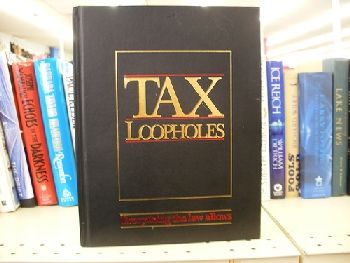We hear the term "wellness" and are bombarded by health plan and employers' "wellness programs". Yes, this is the latest and last long-term health care cost savings challenge within our current technologies.
The Wellness Movement grew out of Disease Management movement of the 1990's. Disease Management has been a huge success in helping people with chronic conditions avoid complications, worsening, and unnecessary hospital care.
We are the best chance at lowering suffering and costs through better health and care.
Wellness programs and disease management programs cost much more money in physician office visits and diagnostic testing, but save far more dollars in hospital emergency room, intensive care, and surgery as well as additional rehabs, nursing homes, and disability payments for unnecessary adverse events.

Also there are the less mentioned but increasingly recognized savings in workplace absenteeism, presenteeism, employee-to-employee and employee-to-customer relations that we put under the catchall "workplace health" or "workplace productivity".

Unfortunately, in the mad rush to invest in wellness programs, issues with effectiveness and effectiveness measurement arise ... and are heavy subjects of debate in the industry as I write.
One short, easy to understand book that explains it all, as well as offering common sense solutions, would be "Why Nobody Believes the Numbers" by Alfred "Al" Lewis, CEO of the Disease Management Purchasing Consortium Int'l, first president of the Disease Management Association of America, and one of the people who formed the disease management movement. (No, I didn't write it nor do I profit from it except by learning.)
Despite the measurement issues, the concepts ... and results ... of Wellness Programs cannot be denied. Wellness, prevention, and disease management works.
Most programs involve filling out health and lifestyle questionnaires to raise awareness and financial bonuses or health club contributions to encourage exercise.
I like one that involves helping parents restore the family dinners where families bonded, communicated, ate well, played together ... and reduced stress. The family dinner was a tradition that we baby boomers and older remember ... and miss.
Here's the summary of one that uses YMCA's or health club networks as facility partners:
THE CONCEPT
"Family Cornerstone is a wellness program that fulfills the
universal desire by parents for family dinners. Gathering together for cooking
and eating homemade foods while talking, teaching, and playing seems innate, a
tradition that crosses generations and cultures.
"Parents want to have frequent family dinners but fewer and
fewer have them. That’s the problem. Increasingly, American households lack
enough time, energy, or money.. or simply have fallen out of the routine. In
convenience samples, all respond quite positively to the idea.
"Family dinner more than a lost tradition; it’s
foundation of a healthy family!
"Working 2, 3, even 4 jobs between them takes a toll on
parents. By the time they realize the effects, parents feel overwhelmed by
stress, inertia, and helplessness to restore what they lost.
"Stress is a proven killer. Feelings of inertia and
helplessness usually deter activity and lead to depression. Inactivity and
depression leads to heart disease. Depression leads to absenteeism and
presenteeism too. All of these lead to less productivity and more curative care
outlays.
"Family Cornerstone answers both parents’ inner cry for help
in restoring the family dinners and employers’ demand for reduced chronic care
and event units.
"People are more likely to comply with a regimen
if they want to do it. Family Cornerstone offers something which family people
want to do!
"Family Cornerstone competes with the fast food drive-thru
and the potato couch with a family dinner drive-to with
tasty-yet-healthy dinners and natural-and-healthy activities.
"Family Cornerstone offers families 3 evenings per
week at food & fitness facility.
"They can plan and prepare the dinners
together with our dietician and swim, jog, bike, etc. with our fitness coaches.
Also, for 20 minutes per week, adults, as individuals or family will meet
onsite with a social counselor t0 work out stressful issues and screen for
greater care needs. They can use the fun facility throughout the week, not just
on Family Cornerstone evenings.
"Family Cornerstone offers YMCA-YMHA or health
club facilities additional revenue streams as membership fees and draws from
them the facilities’ reputations, locations, and staffing. These places have
been struggling to generate new cost-effective revenue sources.
"Family Cornerstone offers employers health care and
productivity savings. Employers recognize the problem and are not satisfied
with available solutions … yet. The wellness industry has not come through with
accurate measurement or effective programs. "
(For more information contact me.)





